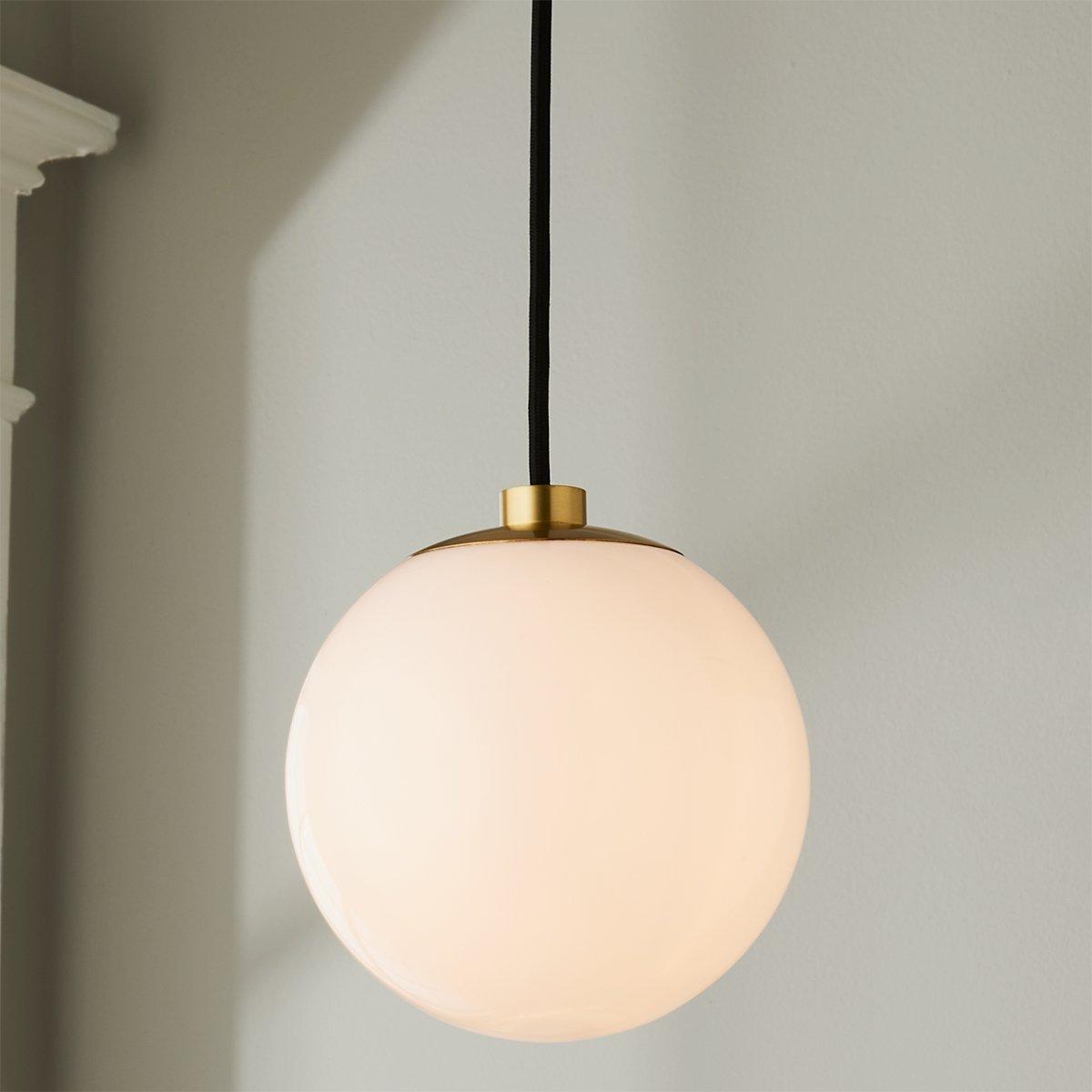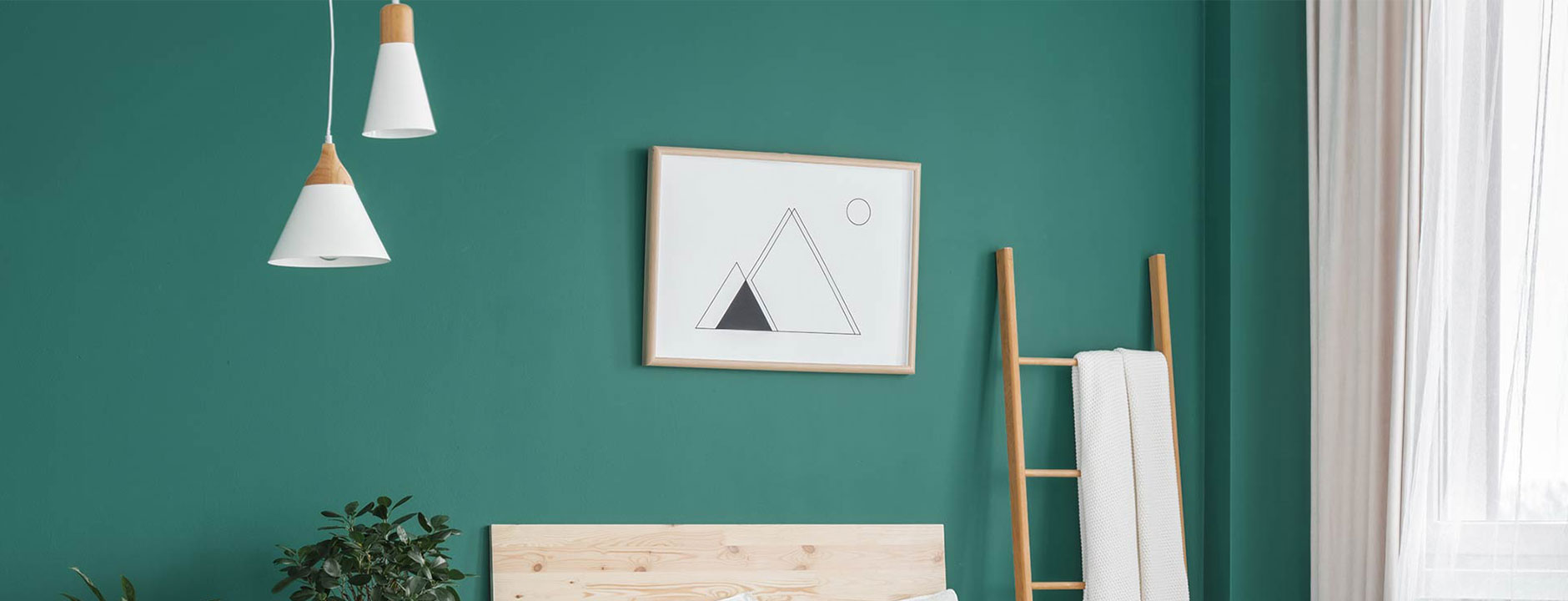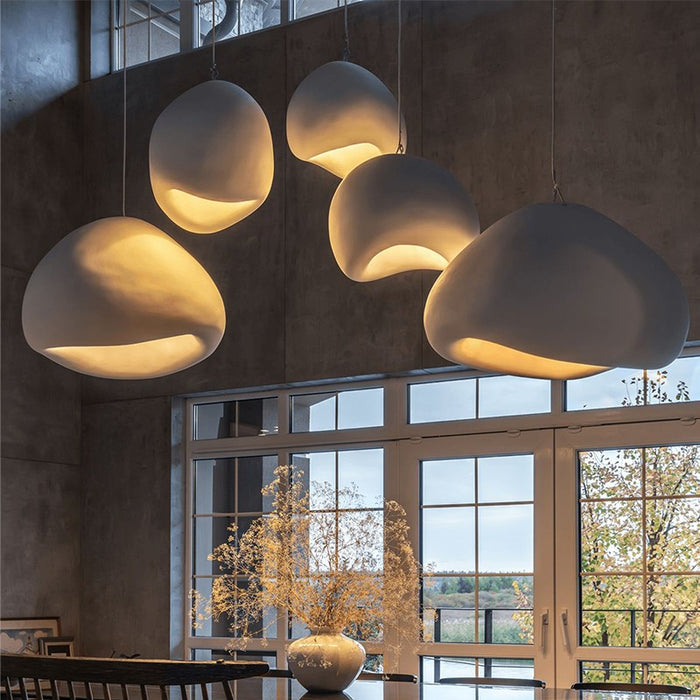How a Pendant Light Sets the Mood in Your Entryway
Wiki Article
A Comprehensive Overview to Setting Up and Maintaining Your Pendant Light
Preserving a pendant and setting up light needs careful planning and implementation. Correct elevation measurements can enhance both functionality and style. Important tools and a clear installment procedure are crucial for an effective setup. Normal maintenance warranties long life and efficiency. Comprehending these elements can transform a space. Understanding where to begin might seem frightening. What actions should one prioritize to attain the very best outcomes?Comprehending Pendant Light Styles
While lots of property owners look for to boost their rooms with Pendant lights, comprehending the numerous styles offered is vital for making an informed choice. Pendant lights are available in a wide range of styles, each offering one-of-a-kind visual and practical benefits. Conventional Pendant lights commonly feature timeless forms and materials, such as glass or steel, providing a classic appeal. Contemporary layouts, on the various other hand, might integrate vibrant colors and innovative products to produce striking prime focus.Industrial-style pendants usually use raw products like revealed bulbs and rustic finishes, ideal for lofts and contemporary settings. For a more wayward touch, vintage-inspired alternatives stimulate fond memories with detailed details and retro finishes. Furthermore, minimalist designs concentrate on simplicity and clean lines, attracting those who like understated sophistication. Comprehending these varied styles permits house owners to select Pendant illumination that not just enhances their design but additionally serves their functional lights requires efficiently.
Measuring the Ideal Height for Your Pendant Light
Just how does one identify the best elevation for a necklace light? To accomplish the most effective capability and aesthetic charm, several elements should be taken into consideration. Normally, a pendant light ought to hang 30 to 36 inches over a table to guarantee adequate lighting without obstructing sights. In rooms with high ceilings, the fixture may be positioned slightly higher to keep proportionality.For cooking area islands, an elevation of 28 to 34 inches above the kitchen counter is normally suggested, enabling for appropriate light coverage while keeping an inviting ambience. In living areas, the Pendant should be hung at an elevation that matches the bordering decoration and does not create a hazard for individuals walking under it.
Ultimately, individual choice and space measurements play significant functions in determining the ideal height. Checking numerous elevations prior to final installment might aid attain the wanted result and performance.
Tools and Materials Needed for Installment
Effective installment of Pendant lights needs a specific collection of products and devices to guarantee a smooth procedure. Important devices consist of a screwdriver, cable pole dancer, and a drill, which facilitate safe and secure fixture add-on and appropriate electrical wiring. A voltage tester is critical for confirming security by making certain that power is off prior to beginning any type of electric work.Along with devices, particular materials are essential for installation. These include the Pendant lighting fixture itself, electrical circuitry, cable nuts for secure connections, and placing hardware. A ceiling hook may additionally be required, depending on the fixture's style.
For added safety and security and ease, a ladder will help in reaching high ceilings, while a degree assures that the light hangs uniformly. Preparing these tools and materials in advance streamlines the setup procedure, making it much more efficient and reliable. Correct prep work is necessary to achieving an effective Pendant light installment.
Step-by-Step Setup Refine
With the necessary tools and materials collected, the installment process for Pendant lights can start. The power supply should be turned off at the circuit breaker to guarantee safety and security. Next off, the installing brace needs to be affixed to the electric box in the ceiling. After safeguarding it, the electrician's tape must be used to cover any exposed cords.Following that, the Pendant light's wires are connected to the equivalent cords in the ceiling: black to black (or red), white to white, and environment-friendly or copper for ground. When the connections are made, they should be secured with wire nuts.
The Pendant light can after that be affixed to the mounting brace, making sure it hangs at the preferred height. Finally, the light bulb is put, and the power is transformed back on at the circuit breaker, enabling the new Pendant light to light up the space.
Keeping and Cleansing Your Pendant Light
What actions should be required to guarantee the longevity and aesthetic appeal of Pendant lights? Regular upkeep and cleansing are vital in maintaining their charm and performance. Dirt and dust can accumulate on Pendant lights, diminishing their luster. To cleanse, a soft, lint-free towel or microfiber towel must be made use of, together with a gentle cleaner ideal for the surface material - Pendant Light. For glass or crystal necklaces, a glass cleanser can boost quality without streaksIt is suggested to turn off the light and permit it to cool before cleaning. Additionally, evaluating the fixture for loose light bulbs or links periodically guarantees security and height performance. If relevant, changing bulbs routinely prevents pressure on electric elements. Finally, maintaining a risk-free setting by preventing direct exposure to wetness can substantially extend the life of Pendant lighting. Following these steps will maintain Pendant lights looking their finest while functioning successfully.
Fixing Typical Pendant Light Issues
When pendant lights breakdown, several typical problems might occur, consisting of flickering light bulbs, inaccurate installation, and voltage fluctuations. Recognizing the root cause is crucial for efficient fixing and ensuring peak performance. Attending to these troubles without delay can improve the durability and performance of Pendant lights components.Flickering Light Light Bulbs
Flickering light bulbs can be a resource of irritation for property owners, frequently signaling underlying electric concerns or basic maintenance demands. This sensation may come from loosened light bulb links, where the bulb is not safely suited the outlet, causing periodic call (Pendant Light). Furthermore, faulty or aging bulbs might flicker as they near completion of their life-span. One more usual cause is irregular voltage, which can arise from problems within the electric system or straining circuits. Homeowners ought to additionally examine for damaged wiring, as this can result in flickering and position security dangers. Routine examinations and timely replacements are crucial to assure proper functionality and to keep a secure home setting. Determining the origin cause without delay can stop more problems
Wrong Installment Problems
Incorrect installment of Pendant lights can result in a series of issues that might appear like those created by flickering light bulbs. Usual troubles consist of loose electrical wiring links, which can disrupt the circulation of electrical power and result in recurring lights. In addition, if the placing brace is not safely secured, the Pendant might hang unevenly, creating an unsteady component that can trigger resonances or sound. Inaccurate bulb types or wattage can additionally contribute to performance concerns, as inappropriate light bulbs may not operate successfully in the fixture. Insufficient spacing from the ceiling can create shadows or decrease light circulation, reducing the designated effect of the Pendant light. Identifying and dealing with these installation errors is necessary for attaining correct performance and visual appeal.Voltage Variation Problems
Pendant lights can enhance YOURURL.com a space's setting, voltage changes can lead to substantial performance issues. These variations may create flickering lights, decreased brightness, and even premature bulb failure. To detect such issues, one need to first inspect the light's compatibility with the voltage supply. Using a multimeter can assist measure voltage levels and recognize abnormalities. It may be essential to examine the electrical system for loosened connections or defective wiring if voltage concerns persist. Sometimes, consulting a licensed electrician is a good idea to guarantee security and conformity with local codes. Appropriately addressing voltage fluctuations not only improves the performance of Pendant lights however likewise prolongs their lifespan and boosts overall illumination top quality.Enhancing Your Area With Pendant Light Positioning
Efficient Pendant light positioning can substantially enhance a room by sticking to suitable height standards, guaranteeing the appropriate lighting degree. Layering these lights with various other sources can create a balanced environment, highlighting centerpieces within the area. Accomplishing an unified look requires mindful consideration of both the component's placement and its connection with bordering aspects.Optimal Elevation Standards
When pondering the excellent elevation for Pendant lights, a general standard suggests hanging them approximately 30 to 36 inches over a kitchen counter or table surface. This elevation permits optimum illumination while ensuring that the light does not obstruct views or develop hazards. In eating locations, Pendant lights ought to be positioned to enhance the eating experience, generally around 28 to 34 inches above the table. For kitchen islands, preserving uniformity across multiple pendants can produce a natural look; spacing them evenly and sticking to the advised elevation improves capability. It is important to take into consideration ceiling height too, as higher ceilings may need adjustments to preserve proportionality and visual allure. Correct elevation positioning considerably adds to the overall atmosphere of a space.Layering With Various Other Lights
As Pendant lights are integrated into a more comprehensive illumination style, they can considerably enhance the environment of an area. Their flexibility allows them to be layered with ambient, task, and accent lights, producing an unified equilibrium. Combining pendant lights with recessed illumination can provide general lighting while highlighting specific areas. Task illumination, such as under-cabinet lights, can enhance pendants in cooking areas, making certain functionality without giving up style. Accent lights, like wall surface sconces, can even visit the website more enhance the atmosphere, accentuating artwork or architectural features. By tactically placing these source of lights, homeowners can attain depth and dimension, changing a normal space into a perfectly lit up setting that caters to different tasks and moods.Prime Focus and Equilibrium

Tactically put Pendant lights can serve as enchanting prime focus within an area, attracting the eye and boosting the total visual. When picking pendant lights, it is essential to take right into account their color, dimension, and form to assure they match the existing design. A vibrant, oversized Pendant can develop a striking centerpiece over a dining table, while smaller sized fixtures might work much better in clusters to achieve a balanced look. Furthermore, positioning Pendant lights at varying heights can include deepness and aesthetic interest to the room. Preserving equilibrium with other components, such as furnishings and wall surface shades, will ensure that the Pendant lights boost the room without frustrating it. Thoughtful placement transforms the setting, developing an unified and inviting ambience.
Frequently Asked Inquiries
Can I Mount a Pendant Light in a Recessed Ceiling?
The inquiry of whether a pendant light can be set up in a recessed ceiling frequently emerges. Normally, it is feasible with appropriate mounting hardware, ensuring appropriate support and electrical connections for risk-free and effective installment.What Sort of Bulb Is Ideal for Pendant Lighting?
When choosing bulbs for Pendant lights, LED choices are frequently favored as a result of their power efficiency and long life. Additionally, the color temperature must match the desired setting, with cozy white being a popular option for relaxing settings.Are Pendant Lighting Safe for Outdoor Usage?

Exactly how Do I Pick the Right Pendant Light Power Level?
Choosing the appropriate Pendant light electrical power entails evaluating the space's size, preferred illumination, and fixture compatibility. Commonly, reduced electrical powers match ambient lights, while higher power levels give job illumination, making certain performance and aesthetic charm.Can I Use a Dimmer Switch Over With My Pendant Light?
The concern occurred whether a dimmer button could be made use of with a pendant light. Usually, if the light component and bulb are compatible, a dimmer switch can effectively enhance atmosphere and control published here brightness levels.
When pendant lights breakdown, several typical issues might occur, consisting of flickering light bulbs, wrong installation, and voltage changes. Improper installment of Pendant lights can lead to an array of concerns that may resemble those created by flickering light bulbs. Inadequate spacing from the ceiling can create shadows or decrease light distribution, reducing the desired result of the Pendant light. Efficient Pendant light placement can considerably boost an area by adhering to excellent elevation guidelines, ensuring the right lighting degree. When choosing bulbs for Pendant lights, LED choices are often chosen due to their power performance and durability.
Report this wiki page